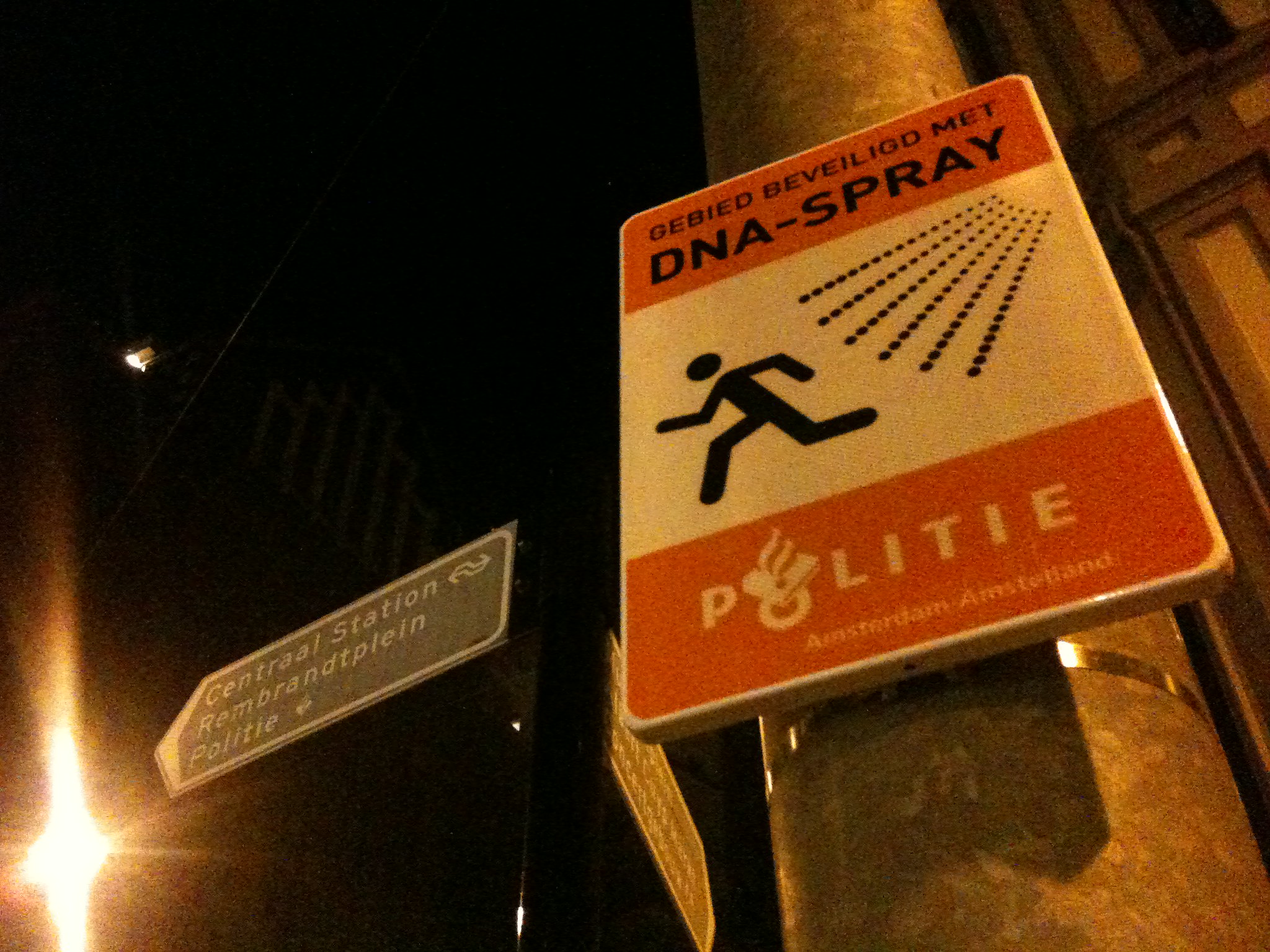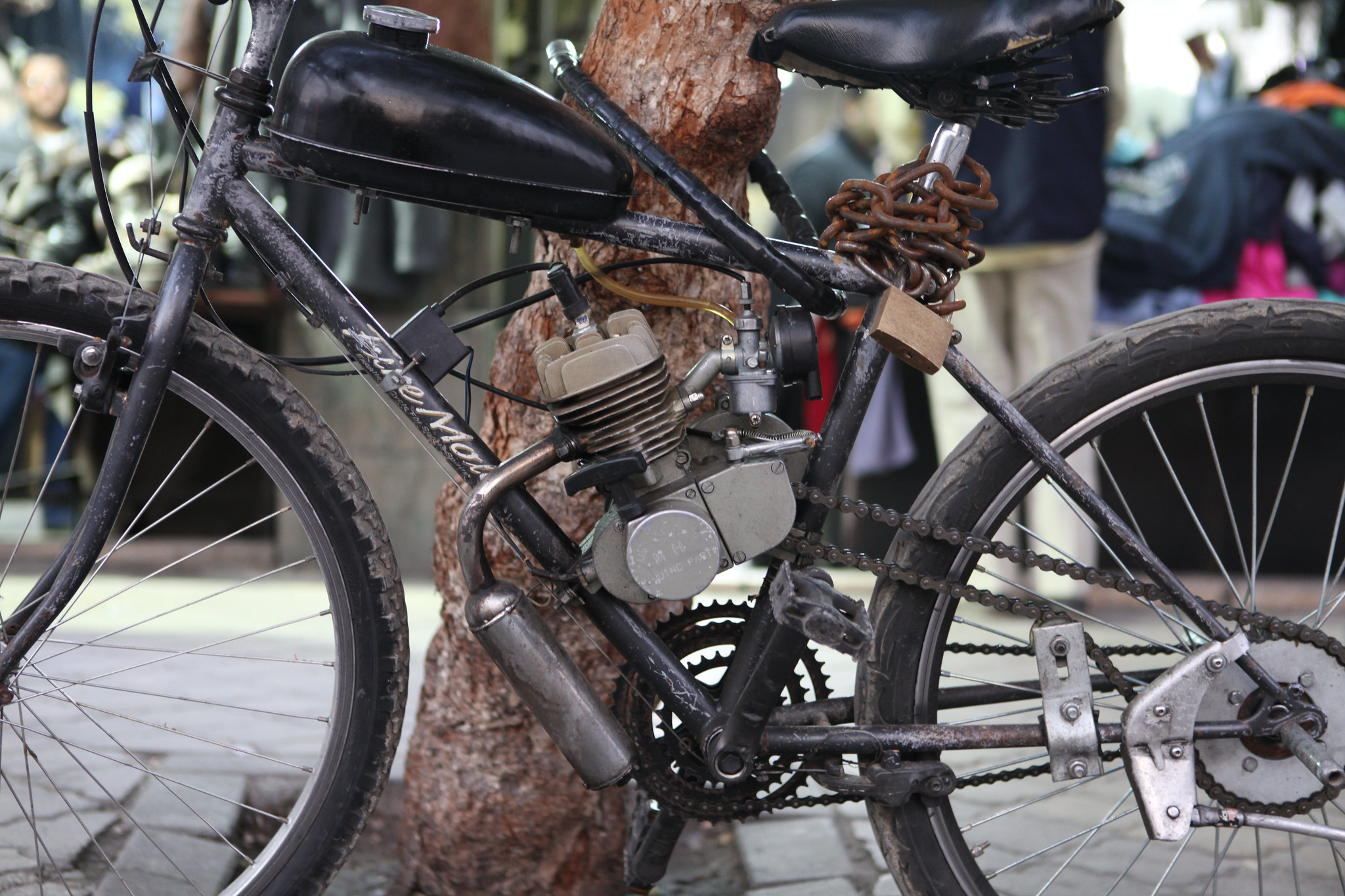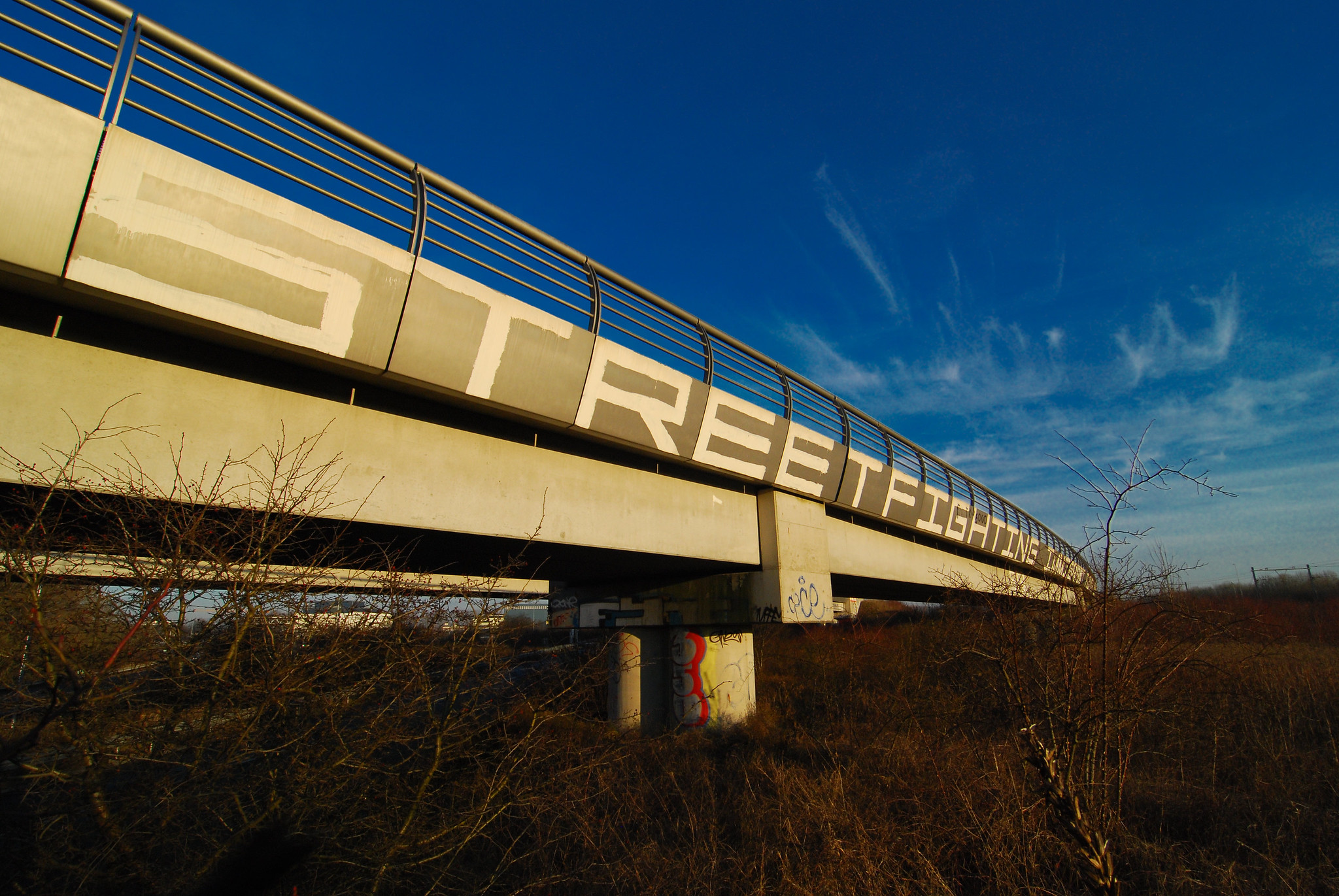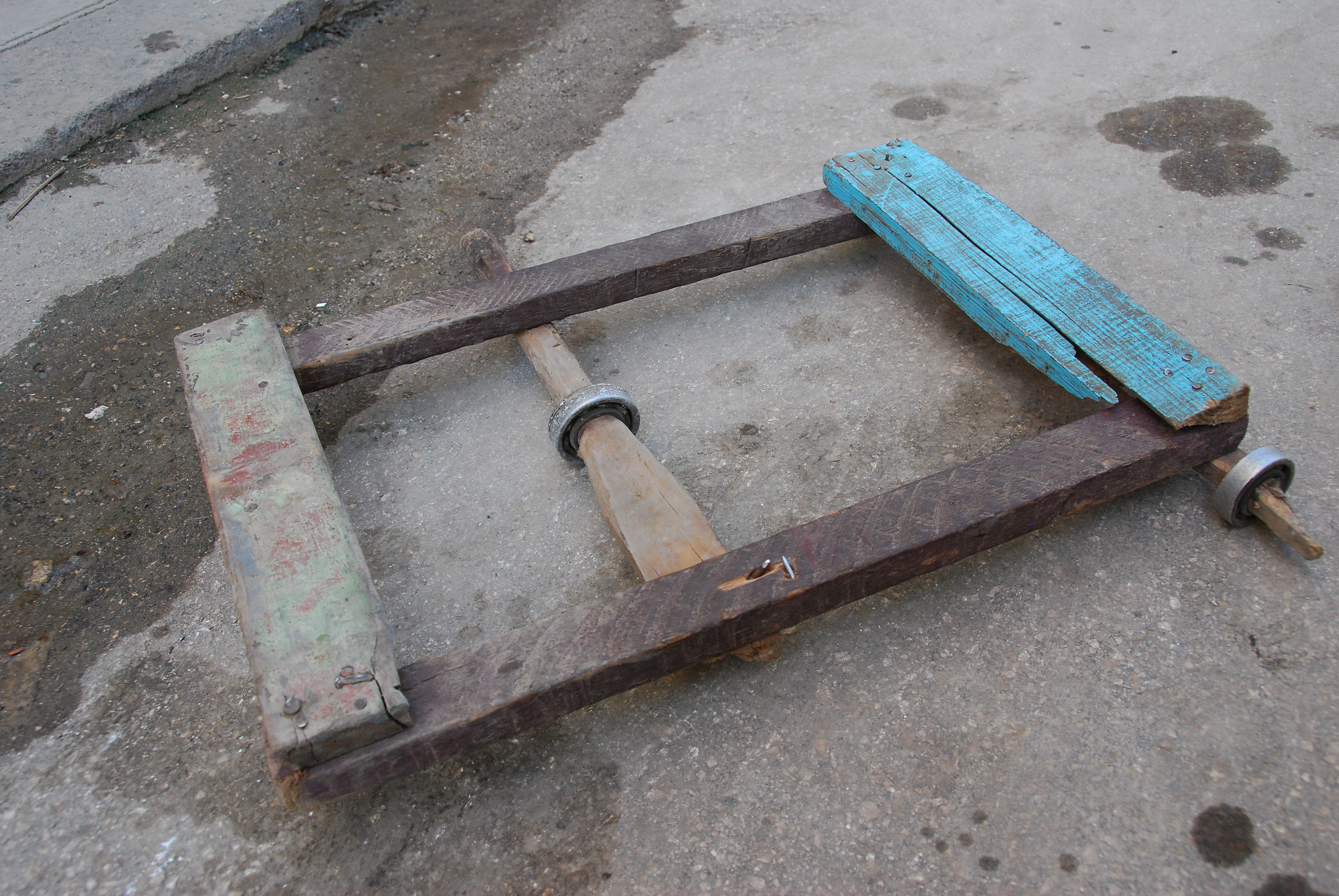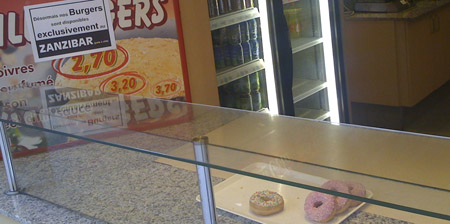Best cycling jacket ever
Usually i do not promote products on this page, but i am so happy with my (relatively) new cycling jacket that i make an exception here. My new kättermusen einride jacket is more or less perfect for a cycling jacket:
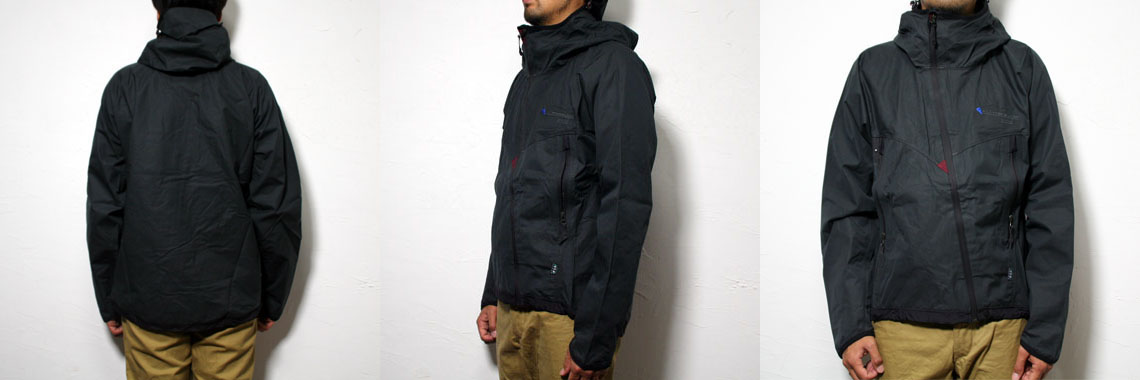
The einride jacket (which is for some strange reason marketing as a mountaineering/trekking garment) has the perfect cut for cycling including a hood that that protects your head against the rain without impairing your field of vision or your ability to move around your head. but the best thing is the fabric: instead of some highly engineered synthetic fabric the jacket is made from super densely woven cotton. Apparently the fabric, called EtaProof was developed during the second world war:
At that time the fabric was developed for British Hurricane pilots who often were forced to bail out with the parachute or make an emergency landing in the ice-cold Atlantic. During the nineties, Stotz & Co. adapted the fabric to the newest standards and turned it into EtaProof. Today this high-tech product made of pure cotton…
The stuff is not exactly rain proof, but it feels super nice and gets you dry through 15 minutes or so of rain. in other words it’ perfectly suited for Amsterdam summers…

